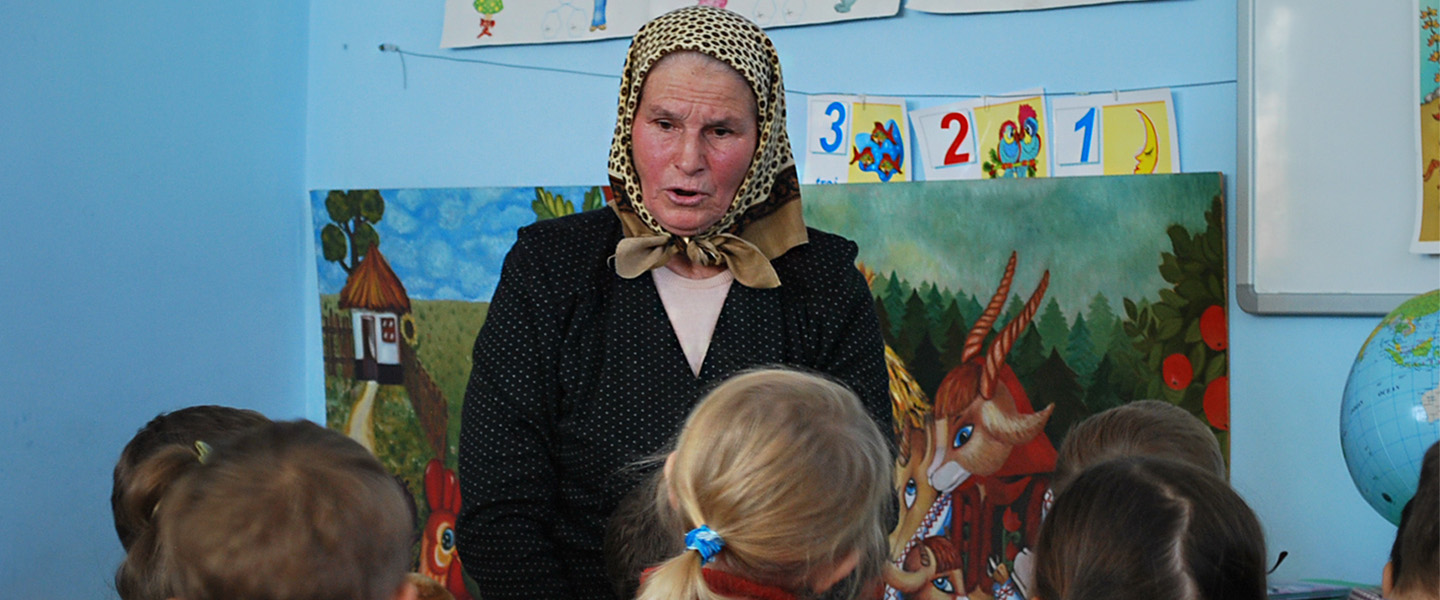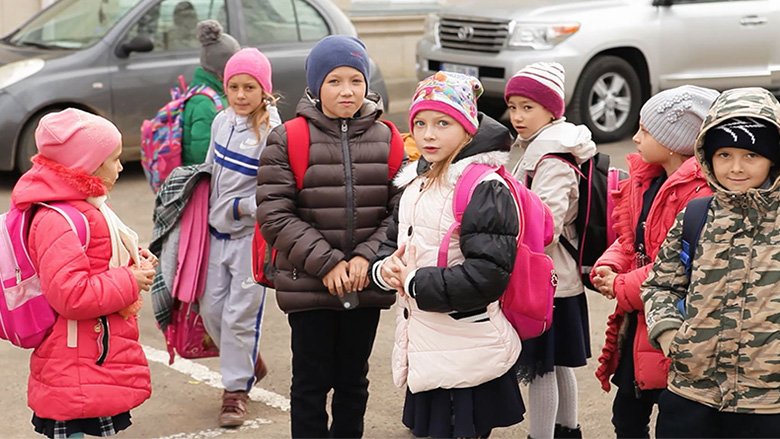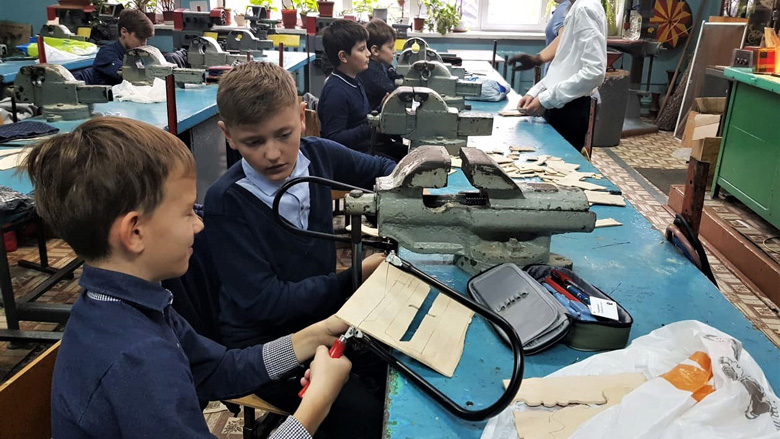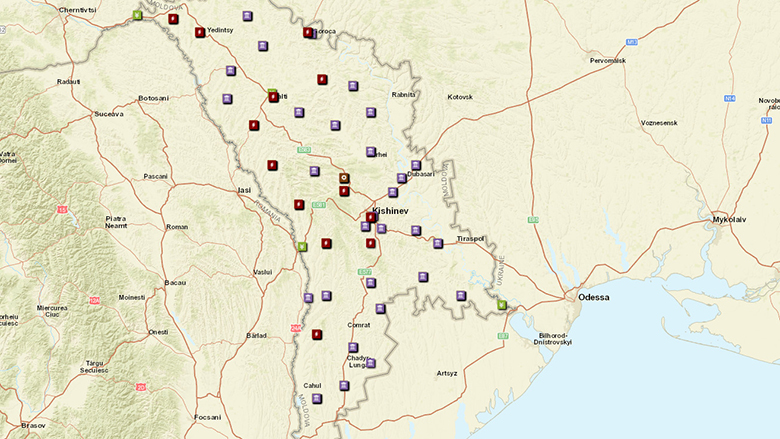Country Context
MOLDOVA | 2023 |
Population, million | 2.5 |
GDP, current US$ billion | 16.5 |
GDP per capita, current US$ | 6,60 |
Life Expectancy at birth, years | 71.4 (2022) |
Moldova is facing unprecedented challenges due to the spillover effects of Russia's invasion of Ukraine, which resulted in an energy and refugee crisis that are straining household budgets, the economy, and public finances. Despite significant efforts to mitigate these crises through fiscal measures and monetary policies, dwindling household incomes and persistent high risks continue to stifle private consumption and investment confidence, resulting in sluggish growth in 2023 after the recession in 2022.
While a moderate economic recovery and improved household incomes are expected for 2024, there are significant macroeconomic risks, including the potential intensification of the war in Ukraine, additional energy disruptions, and headwinds from the upcoming elections in 2024 and 2025. Moldova's medium-term prospects hinge on structural reforms and progress toward EU accession.
Despite sustained economic growth over two decades, poverty remains pervasive, particularly in rural regions, with limited access to services and viable economic opportunities. Traditional means of poverty alleviation, such as remittances and social assistance, are slowing, while low labor force participation and employment rates impede a shift to employment-focused poverty reduction, underscoring the urgency for structural reforms. Moldova faces structural challenges including low productivity growth, governance deficiencies, a large state footprint, limited competition, an imbalanced business environment, and tax distortions.
The country remains vulnerable to adverse weather events and energy shocks due to its heavy dependence on energy imports and limited diversification in energy sources. Climate change exacerbates these vulnerabilities, increasing the frequency and severity of droughts and other natural hazards, thereby posing substantial risks to Moldova's agricultural sector and livelihoods. With EU candidate status, strong reform momentum and growth-enhancing, climate-resilient investments are needed to foster long-term, sustainable development and convergence toward EU income levels.
Last Updated: Apr 09, 2024







